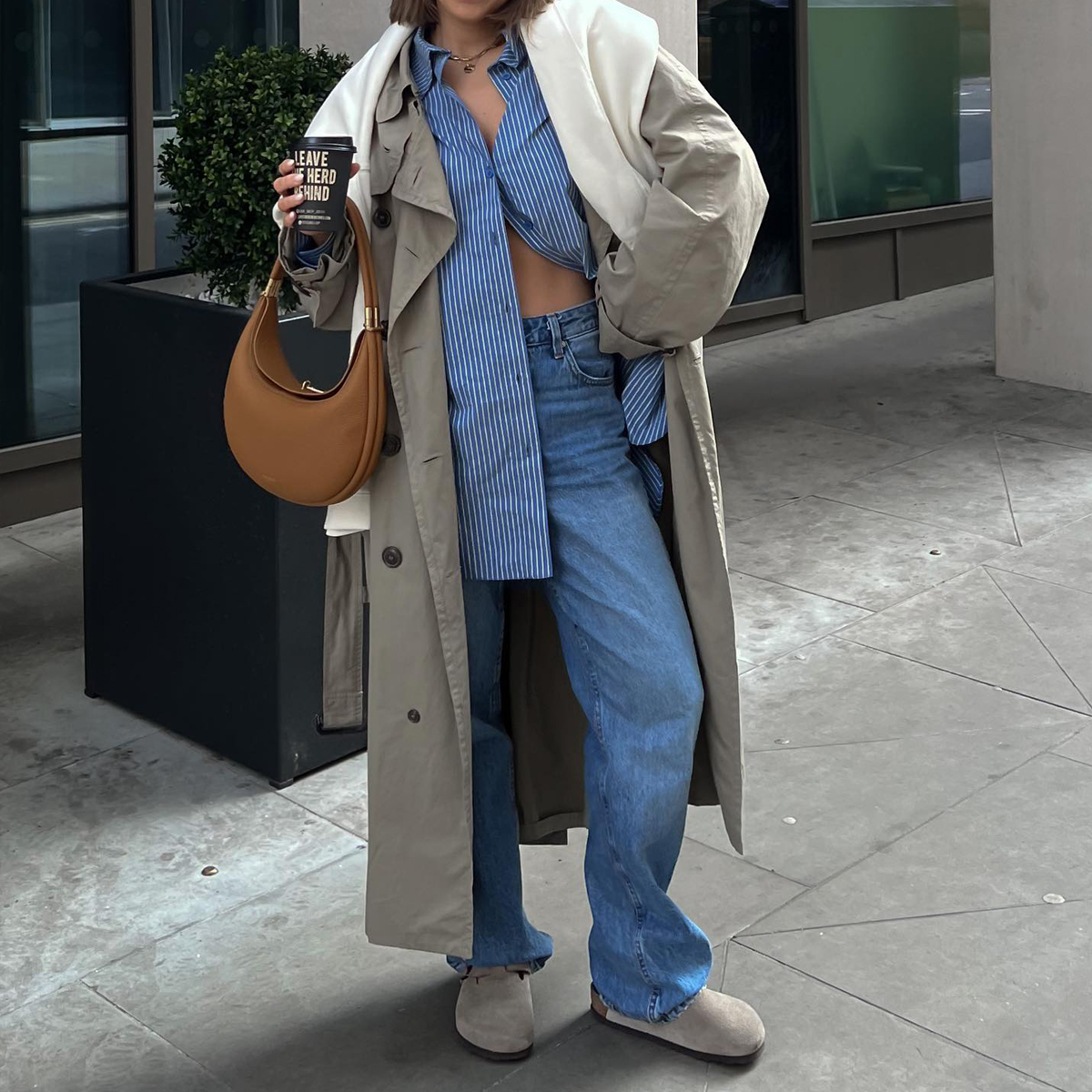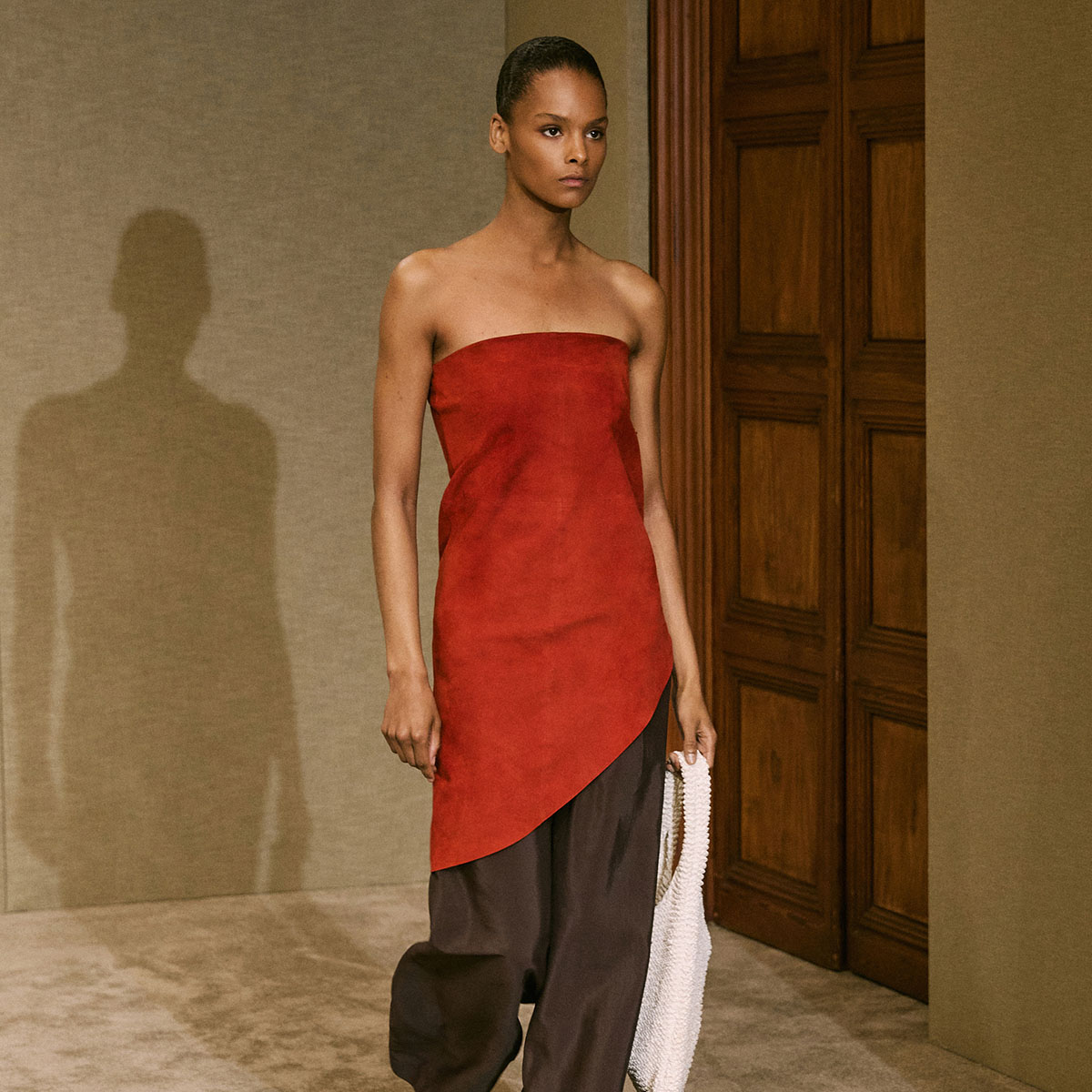How Writing Code Helped Lauren Sherman Land Her Big Break

Welcome to our podcast, Who What Wear With Hillary Kerr. Think of it as your direct line to the designers, stylists, beauty experts, editors, and tastemakers who are shaping the fashion-and-beauty world. Subscribe to Who What Wear With Hillary Kerr on Apple Podcasts and Spotify.
Before Lauren Sherman became a special correspondent at Puck covering the fashion and luxury industries, she was a temp in New York City writing HTML. "I moved to New York at the end of 2005, and I joined one of those temp agencies, and I got this good gig writing code," Sherman said. However, Sherman had always dreamed of working for a magazine like Teen Vogue or Harper's Bazaar. "My dream was to work at Jane magazine or Teen Vogue or W or Harper's Bazaar," Sherman said. "I wanted to be a fashion news writer and write about the collections and fashion designers."
It didn't take long for Sherman to land her big break working for Forbes.com as an assistant lifestyle editor. Since those early days, Sherman has gone on to work at places like Fashionista, Business of Fashion, and now Puck, where she writes her fashion newsletter, Line Sheet. For the latest episode of Who What Wear With Hillary Kerr, Sherman shares how she went from writing HTML code to breaking some of the biggest stories in the fashion industry, her upcoming book about the inner workings of Victoria's Secret, and more.
For excerpts from their conversation, scroll below.
Let's talk about your career. You started your career at a number of great publications, including Forbes, Fashionista, and Business of Fashion up until late. Take me back. How did you end up at Forbes? What did you like about it?
I moved to New York at the end of 2005, and I joined one of those temp agencies, and I got this good gig writing code. My secret thing is I used to write HTML coding when you actually needed that for this speakers bureau called the Harry Walker Agency, which, I think, is owned by a bigger talent agency now. They were really, really nice and would let me do interviews.
My dream was to work at Jane magazine or Teen Vogue or W or Harper's Bazaar. I wanted to be a fashion news writer and write about the collections and fashion designers. I had done a couple internships. I had interned at Nylon, but I didn't have a lot of connections into the fashion industry. I went to Emerson College in Boston. There were a couple editors who had come out of there. It had a journalism program and a magazine writing program, but it wasn't a big thing.
My whole thing was like, "I have to get a staff writing job by the time I'm 27." I had just turned 22. I was like, "I'm gonna give myself five years," but I also was like, "I'm gonna give myself to the end of this year to get a real job because I just can't handle not having one and health insurance and all that stuff."
I interviewed at a bunch of different places. My last two big interviews were… One was online editor at Cosmopolitan. At that time, most magazine websites had no original content. It was essentially just transferring the content from print into the web to help drive subscriptions back to print. Then I also interviewed for this job at Forbes.com to be a assistant lifestyle editor. … It was very much pre–social media. It was audience development. At the time, I knew this woman who had been in magazines, and she said to me, "You take the job at Forbes (which I had no interest in whatsoever). If you take the job at Forbes, you can work wherever you want after that. But if you take the job at Cosmo, you'll never work at Forbes."
I never got offered the job at Cosmo, but also this was pre–Joanna Coles making Cosmo into something bigger. I did just go ahead and take the job at Forbes.com, and my life completely changed. It was the best thing that ever happened to my career—or the first best thing to happen to my career. The guy who was the managing editor had actually gone to Emerson. He was like, "Oh, you're another Emerson person. This is so random." He told me to read this book by The Wall Street Journal fashion reporter Teri Agins. It was called The End of Fashion and came out in 1999. This was end of 2005, early 2006. Still pretty fresh.
I realized really quickly, "Oh wow, Teri is literally the only other person covering this business in a serious way." Also, "This is way more fun than writing fashion copy," which I wasn't very good at. The reality was that I wasn't very good at display copy and things like that. I just went for it. Almost 20 years later, here we are.
I want to move into what you're doing now because it's so incredible. For anyone who doesn't know, Lauren [Sherman] has an amazing private email. It's called Line Sheet. It's a part of Puck. I'm wondering how you landed on the format, about the trial and error of it, and the process of developing Line Sheet into what it is today because it really feels one of a kind.
Puck is a new media company founded by a group of people, including Jon Kelly, who was a longtime Vanity Fair, New York Times editor. It's backed by a bunch of investors and has the confidence of a lot of people. When they first launched, they launched with entertainment. This guy Matt Belloni, who had been the big editor at The Hollywood Reporter, it was just Matt's newsletter. Someone who works in the entertainment industry forwarded it to me. I started reading it.
I kept forwarding it to the BOF [Business of Fashion] people being like, "This is really good. I know you want me to do a newsletter—maybe I could do something like this." Of course, I'm on my maternity leave. They're being respectful. They're not responding to my crazy-lady, middle-of-the-night messages. I just became enthralled with it.
Then Puck launched officially later that summer or early in the fall. I knew one of the writers, Teddy Schleifer. He had worked with my husband, Dan [Frommer] at Recode. I just started following it pretty closely. It started at the intersection of Silicon Valley, media business, Wall Street, and entertainment. There were certain writers I followed more closely than others, but I had just kept an eye on it. I had a subscription, but then I also had an email account that got the non-subscription so I could see how they did the subscription versus the non-subscription. I just loved it. It was just such a pleasure to read.
I remember I was on book leave about a year later, and I message Teddy [Schleifer], and I said, "If you all ever get into fashion or retail, I just want to be in the conversation. I don't know what your plans are—it's not the obvious next extension—but I'm interested." It turned out they were interested too. I met with them, I left BOF, I finished my book, and I started in April 2023.
You have a book that's coming out this fall called Selling Sexy: Victoria's Secret and the Unraveling of an American Icon. I grew up shopping the brand like the rest of America. I think about it a lot. I've been to the Victoria's Secret Fashion Show to cover it when Taylor Swift was performing back in the day. I am emotionally invested. Why this book? Why now? How do you feel about what's going on at the company today?
Everything you said is exactly why I wanted to write this book—everyone has a connection. Every woman and most men have a connection to this brand. When you're thinking about what kind of company could I write about that people outside of the fashion industry would want to buy a book about… My co-writer Chantal Fernandez—we used to work together at BOF—said, "You know, I just talked to the source of ours. I kind of think you should write a book about this." I said, "Well, why don't we write it together?" And it went from there.
This interview has been edited and condensed for clarity. Next, check out our interview with our editors, who share how Lilly Pulitzer created her iconic shift dress.
-
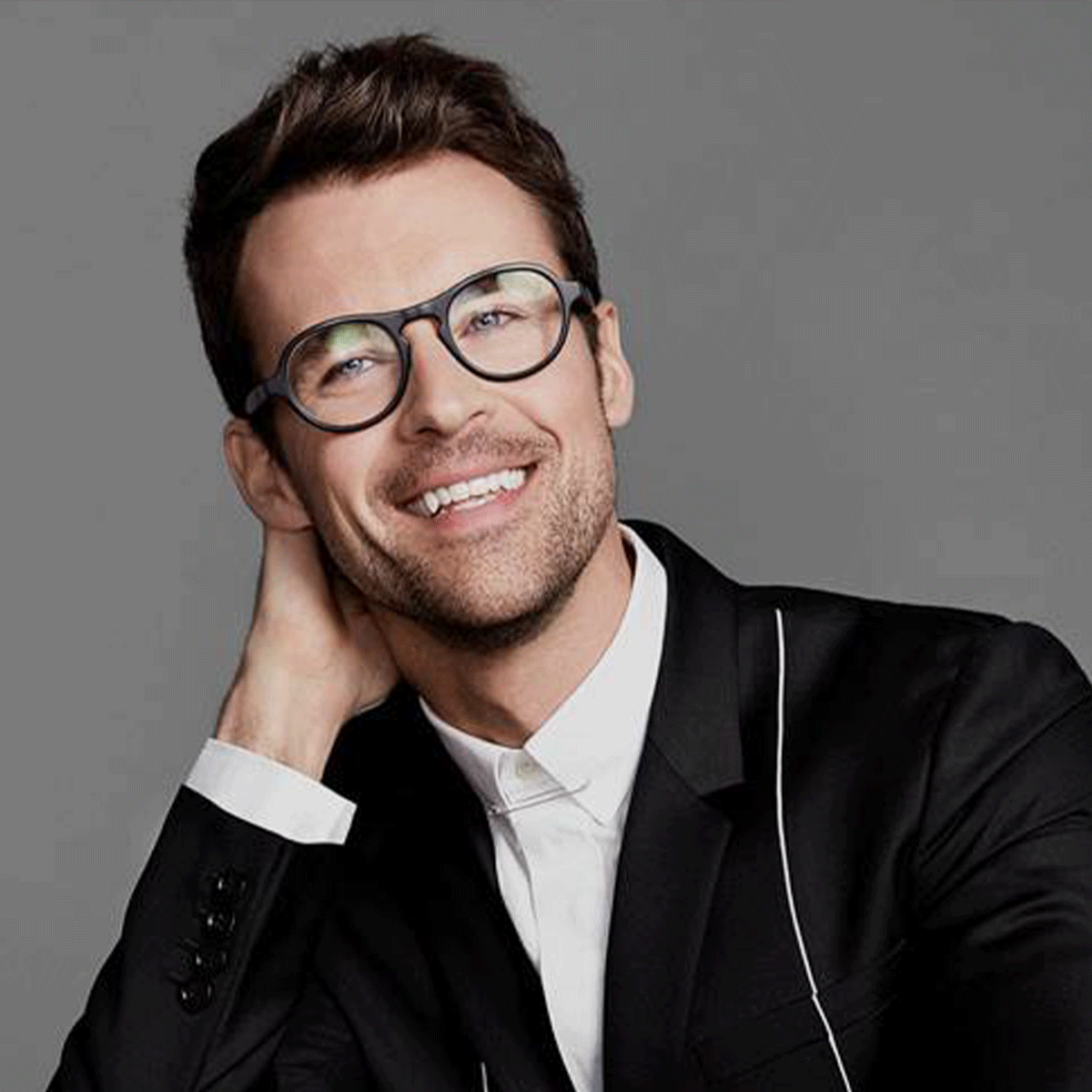 Stylist Brad Goreski on His Whirlwind Year of Red Carpet Looks for Demi Moore
Stylist Brad Goreski on His Whirlwind Year of Red Carpet Looks for Demi MoorePlus, how he brought body horror to the red carpet.
By Claire Schmidt
-
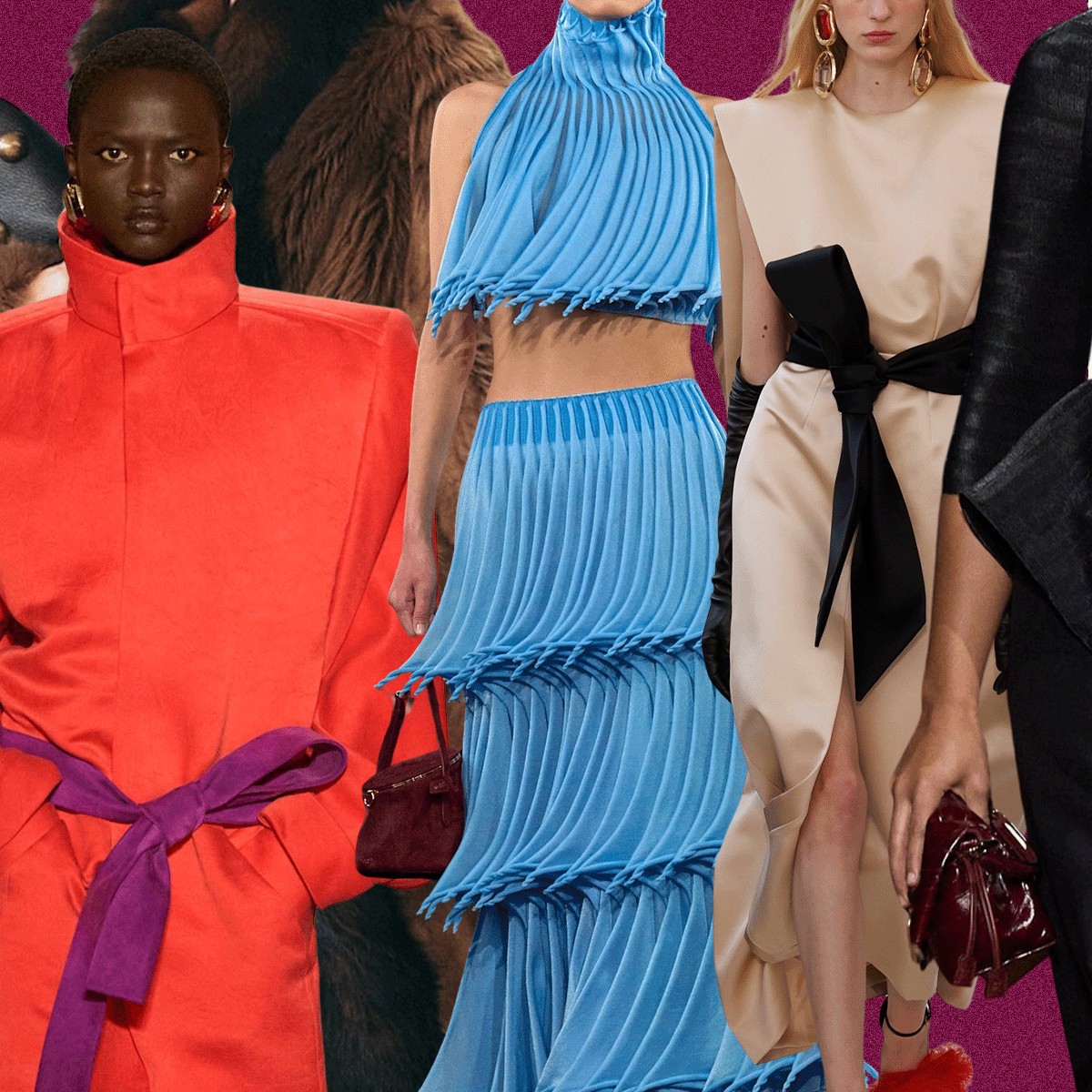 The Top Trends From Fashion Month, According to Our Editors
The Top Trends From Fashion Month, According to Our EditorsThere's a lot to keep track of.
By Madeline Hill
-
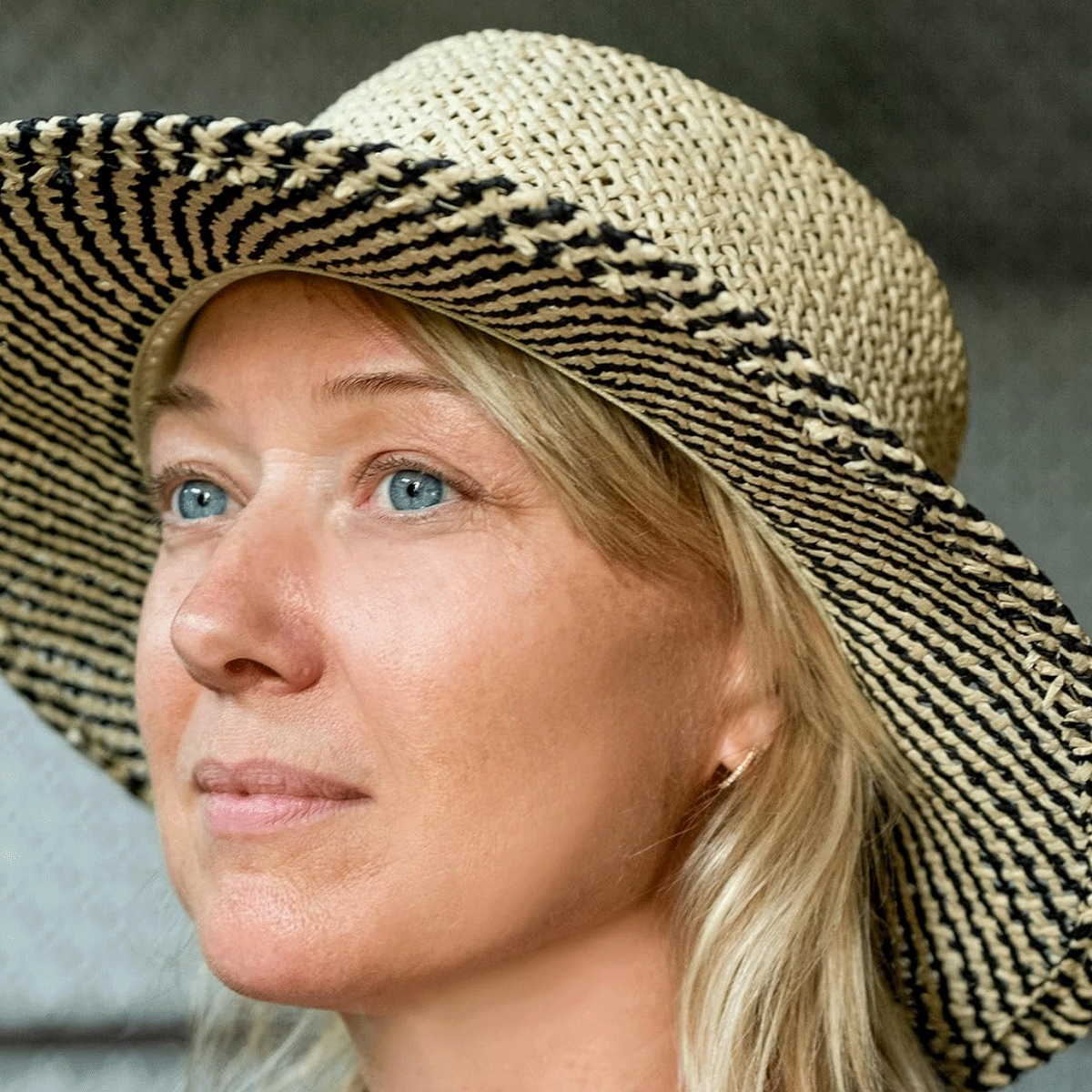 The White Lotus Costume Designer Shares How She Puts Together Those Iconic Looks
The White Lotus Costume Designer Shares How She Puts Together Those Iconic LooksPlus, how she got her start in entertainment.
By Madeline Hill
-
 Our Editor Shares Her 2025 Spring Fashion Predictions
Our Editor Shares Her 2025 Spring Fashion PredictionsPlus, the items you can incorporate into your rotation.
By Madeline Hill
-
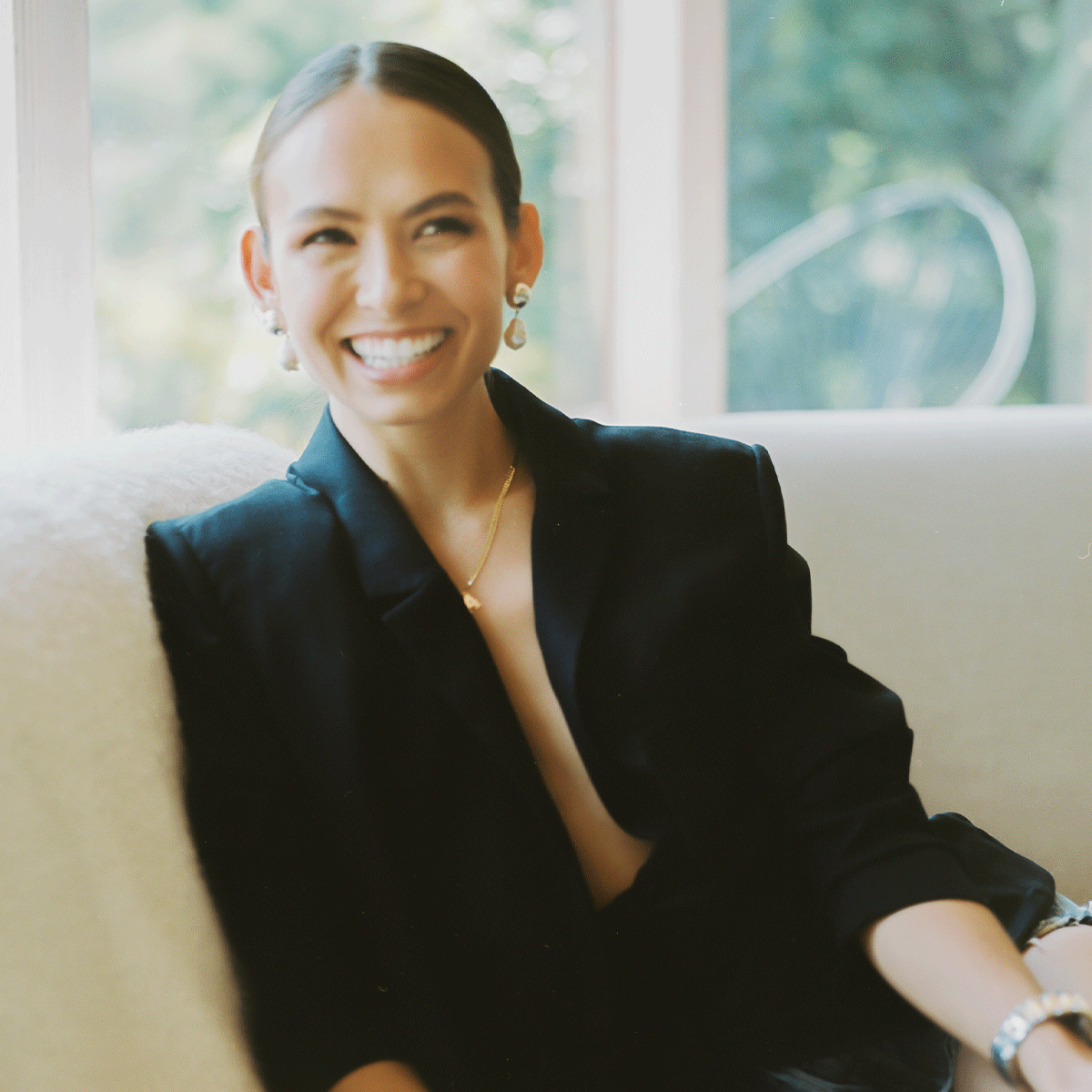 Why Sporty & Rich Founder Emily Oberg Is Launching a Sexual Wellness Line
Why Sporty & Rich Founder Emily Oberg Is Launching a Sexual Wellness LineIt's time for something new.
By Madeline Hill
-
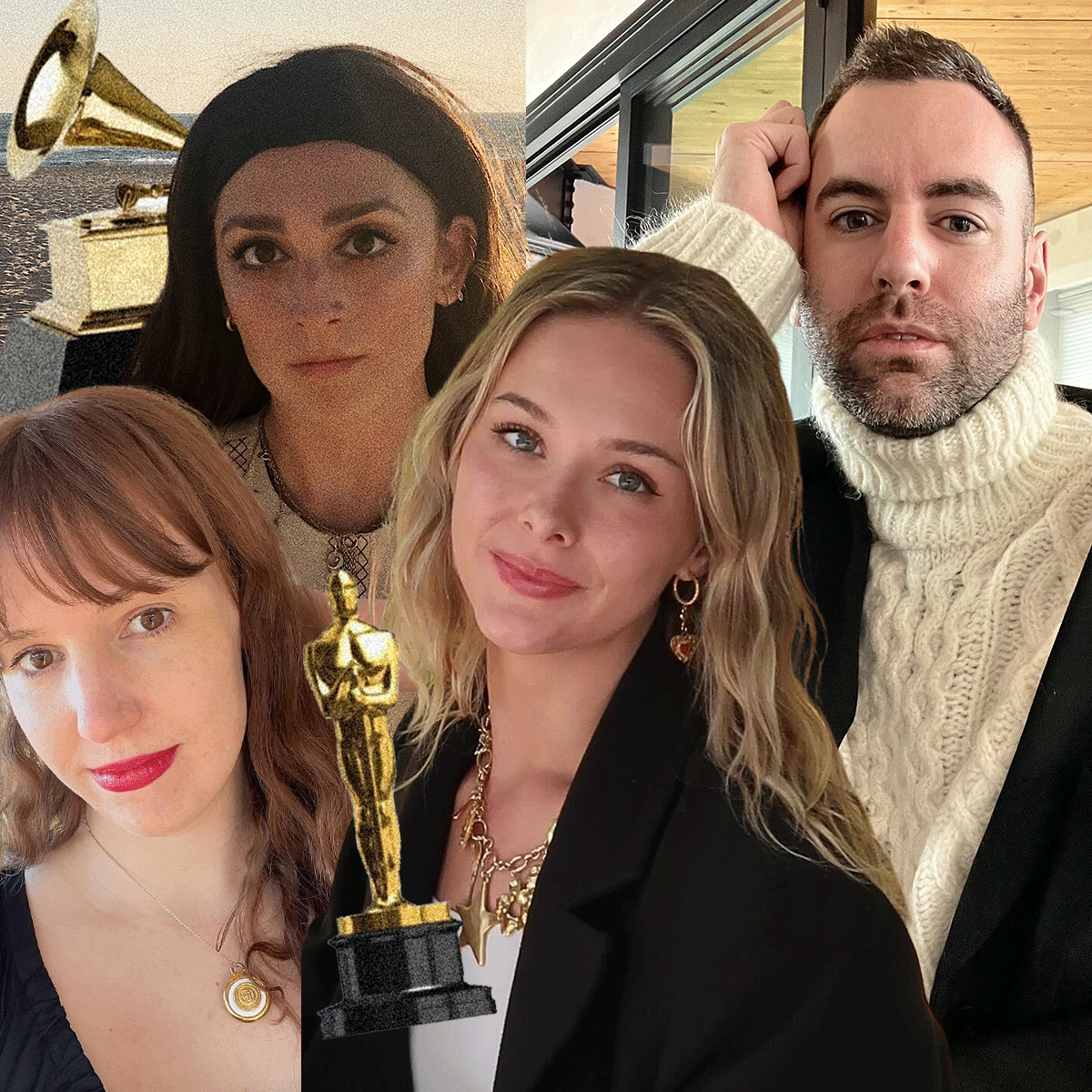 An Award-Season Debrief With Our Editors, From Trends to Top Looks
An Award-Season Debrief With Our Editors, From Trends to Top LooksPlus, we discuss the stylists who've been at the top of their game all season long.
By Claire Schmidt
-
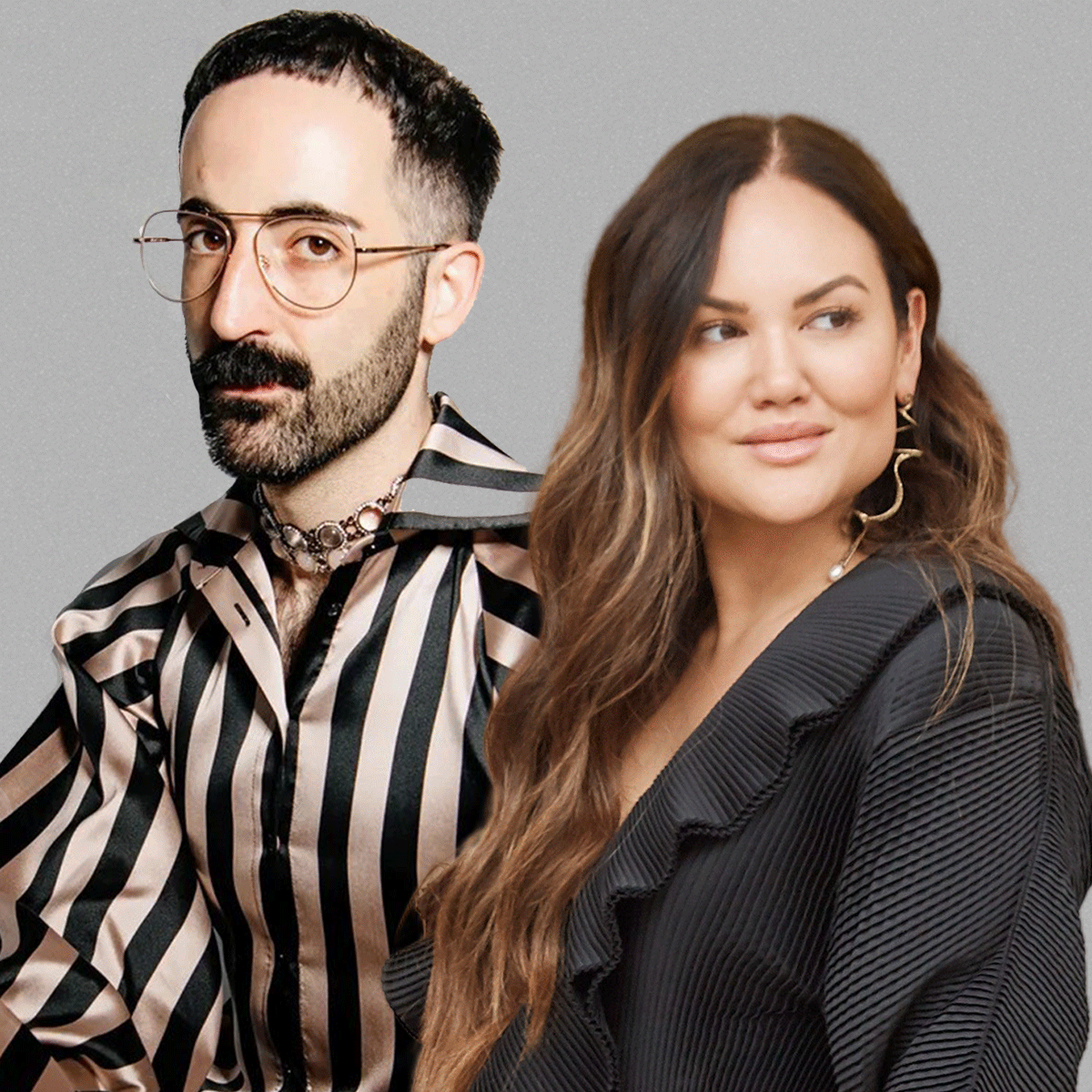 2025 Bridal Predictions From the Minds Behind Wiederhoeft and LOHO Bride
2025 Bridal Predictions From the Minds Behind Wiederhoeft and LOHO BrideMaximalism is in.
By Madeline Hill
-
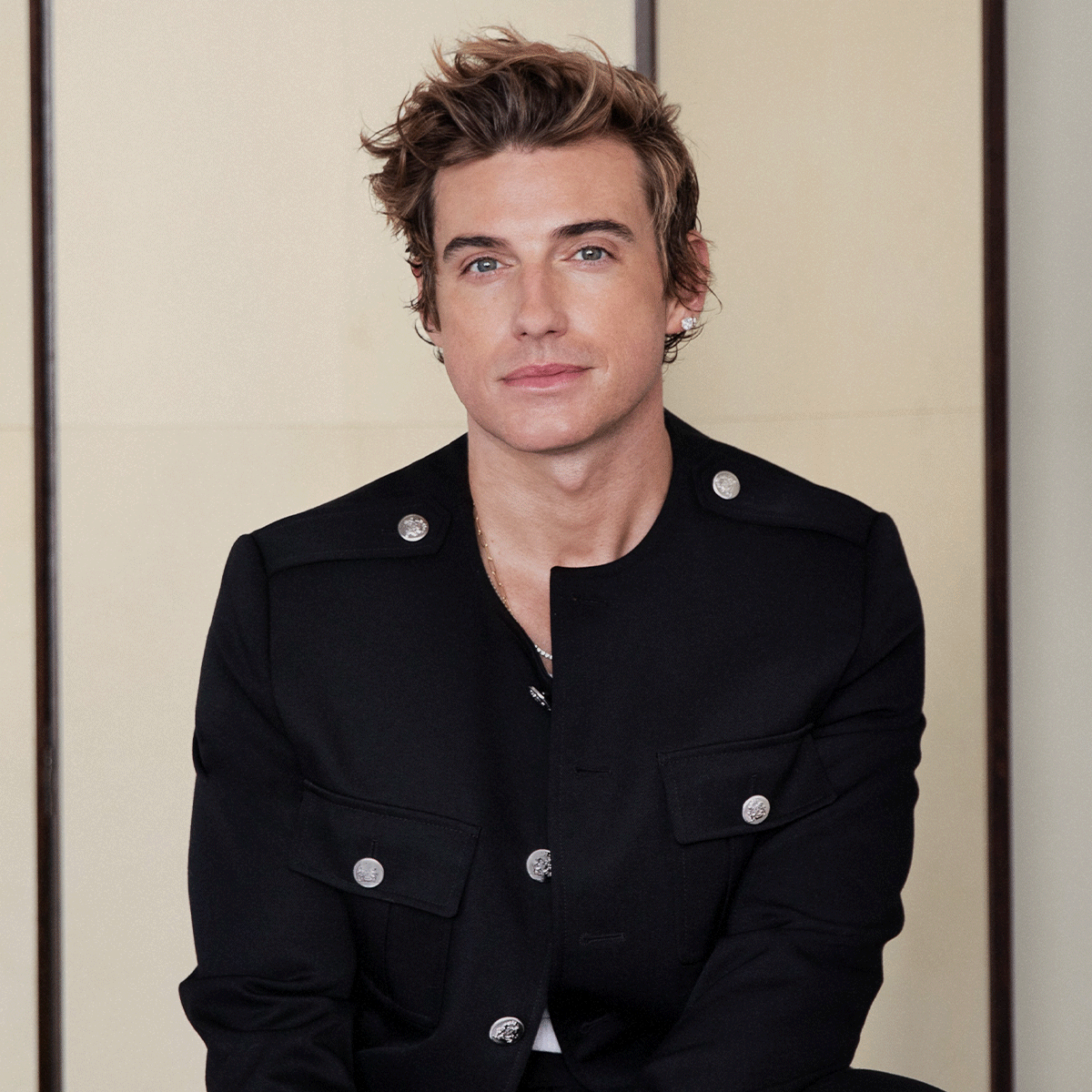 Queer Eye Star Jeremiah Brent Shares His Budget-Friendly Home Décor Tips
Queer Eye Star Jeremiah Brent Shares His Budget-Friendly Home Décor TipsPlus, what it was like joining the hit Netflix series.
By Madeline Hill
